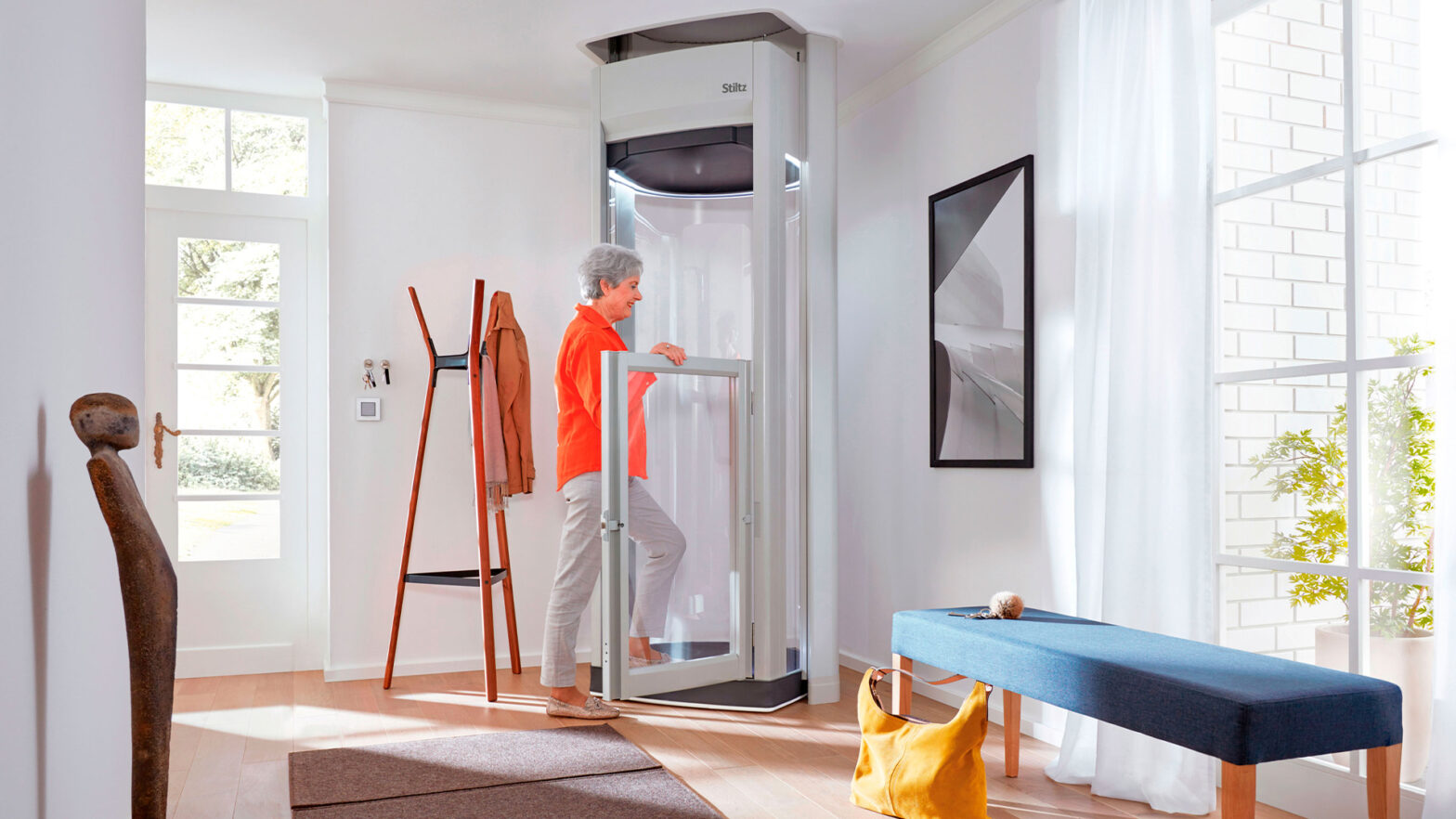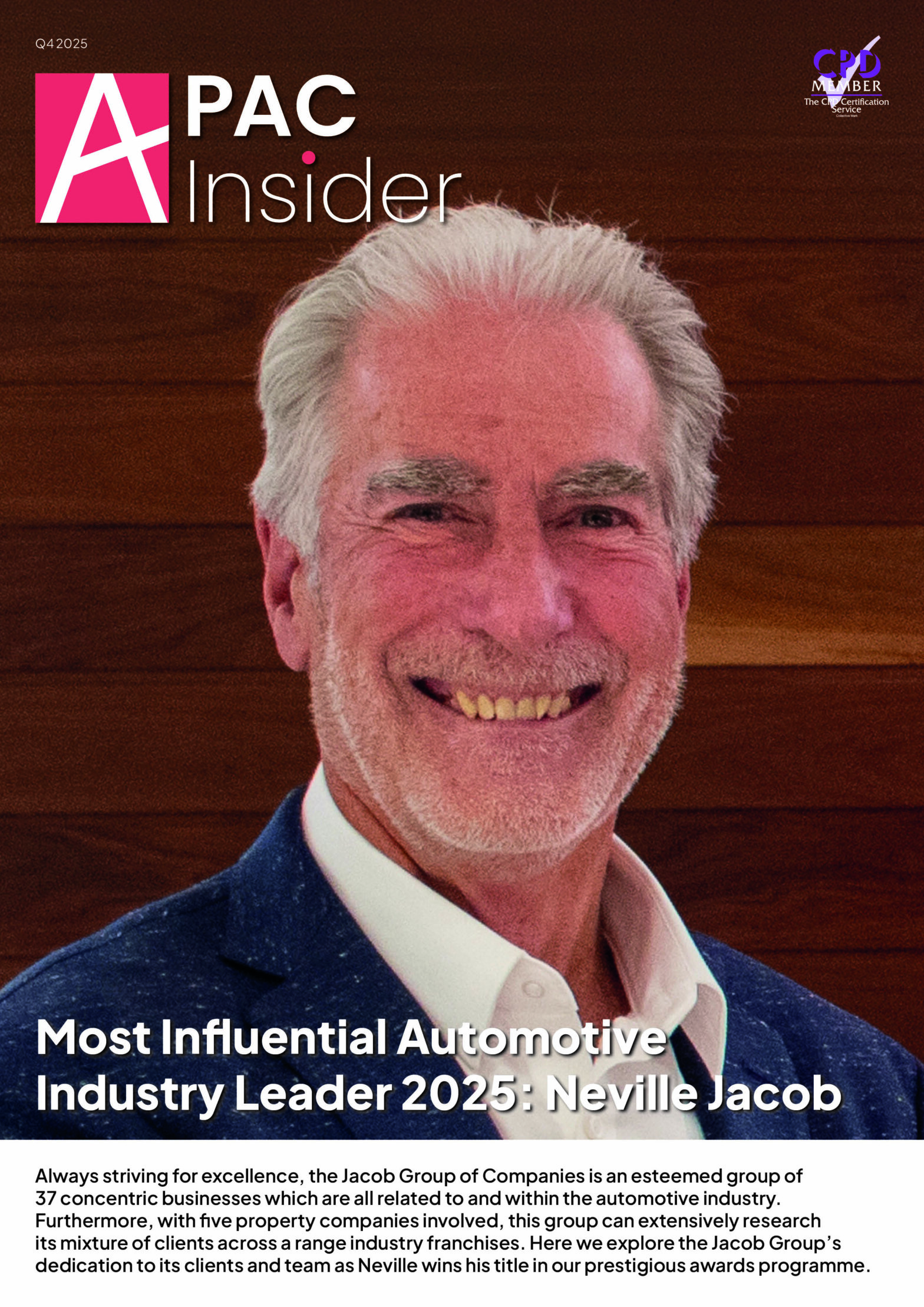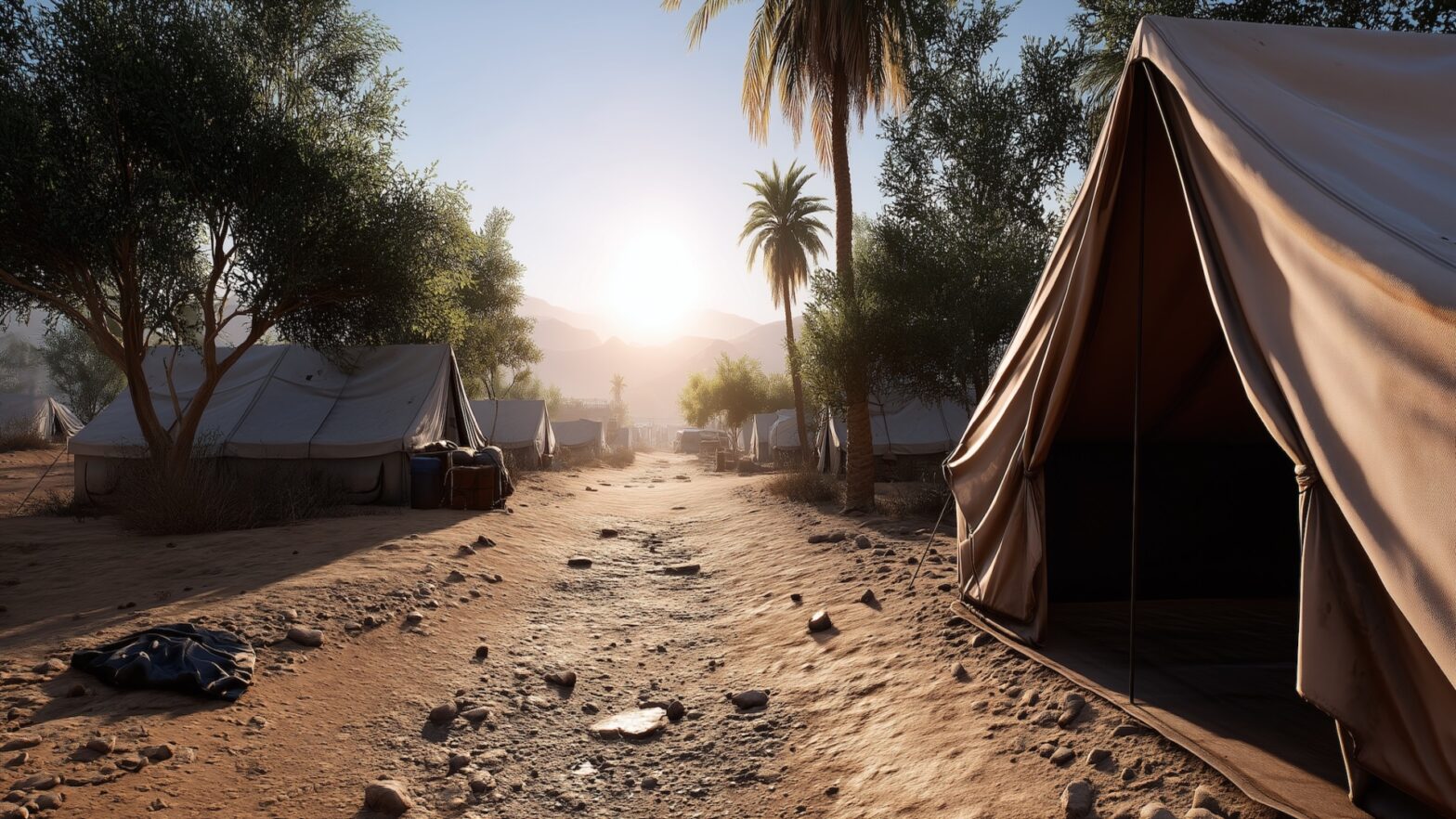Workers in remote job sites need decent housing. These places are often too far from towns, so traveling back and forth daily is not an option. Whether it’s a construction job, a mining area, or an energy site, workers should have a clean, safe, and practical place to stay. Without proper housing, workers may feel stressed, tired, or unhappy. A good housing setup can keep everyone comfortable and help the project succeed.
Why Good Housing Makes a Difference
Housing is more than a roof over someone’s head. It can affect how well people sleep, eat, and connect with others. Poor living conditions may cause health problems and lower morale. On the other hand, when remote workers live in clean and quiet spaces, they feel better and perform better at work.
Good housing also helps the job run more smoothly. When workers are close to the site, it’s easier to start the day on time or deal with last-minute tasks. A well-rested and focused team is more productive and less likely to make mistakes.
Common Types of Housing for Remote Sites
Each work site is different, so housing needs can vary. Here are some popular choices:
1. Mobile Housing Units
Mobile homes, often called trailers, are simple and quick to set up. These units are built elsewhere and brought to the site. They’re great for short projects because they can be moved when no longer needed. Many of these homes come with basic features like beds, bathrooms, heating, and internet. This option works well in places where building a house doesn’t make sense.
2. Commercial Fabric Buildings
These structures are made from strong fabric stretched over a metal frame. They go up fast and work well on all kinds of ground. Some have insulation, lights, and air systems. Getting commercial fabric buildings is a wise choice as they’re helpful for temporary needs and can be reused in other places. To make sure they last and are safe, it’s best to buy from well-known manufacturers.
3. Modular Buildings
Modular units are larger than trailers and feel more like regular homes. These buildings come in parts and are put together at the job site. They can include kitchens, living areas, and offices. For long jobs that last a year or more, modular housing offers a better level of comfort. They hold up well in both hot and cold weather.
4. Converted Containers
Old shipping containers can be turned into small houses. These strong steel boxes can handle rough weather and are often cheaper than other housing types. Some companies turn containers into cozy rooms with windows, insulation, and running water. This option is great for small teams or as extra space during busy times.
5. Permanent Lodges or Camps
For long-term work, companies may build full housing camps. These setups feel more like a small town. Workers can use dining halls, gyms, and even medical rooms. Building permanent camps costs more at the start, but they last longer and offer better living conditions. They are often used at large mining sites or major projects that go on for years.
Important Things to Think About
Picking the right and affordable housing option depends on several points:
How Long the Job Will Last
Short jobs may only need mobile trailers as temporary housing options. For longer projects, better and affordable housing like modular buildings or lodges makes more sense.
Weather Conditions
Harsh weather calls for stronger buildings. Sites in cold or hot places may also need extra heating or cooling systems.
Money Matters
Some choices cost more upfront, but save money later. Permanent housing can last years with less repair work.
Comfort and Features
Essential services like water and power are a must. Internet access, recreation rooms, and clean bathrooms also help workers feel more at home.
Safety and Health
Good housing should meet safety rules. That includes clean and comfortable living spaces, fire exits, and secure doors.
Keeping Workers Comfortable and Healthy
A good place to stay can lift a worker’s mood and energy. Simple touches like soft lighting and quiet rooms can help people sleep better. Having internet, healthy food, and spots to relax also helps reduce stress.
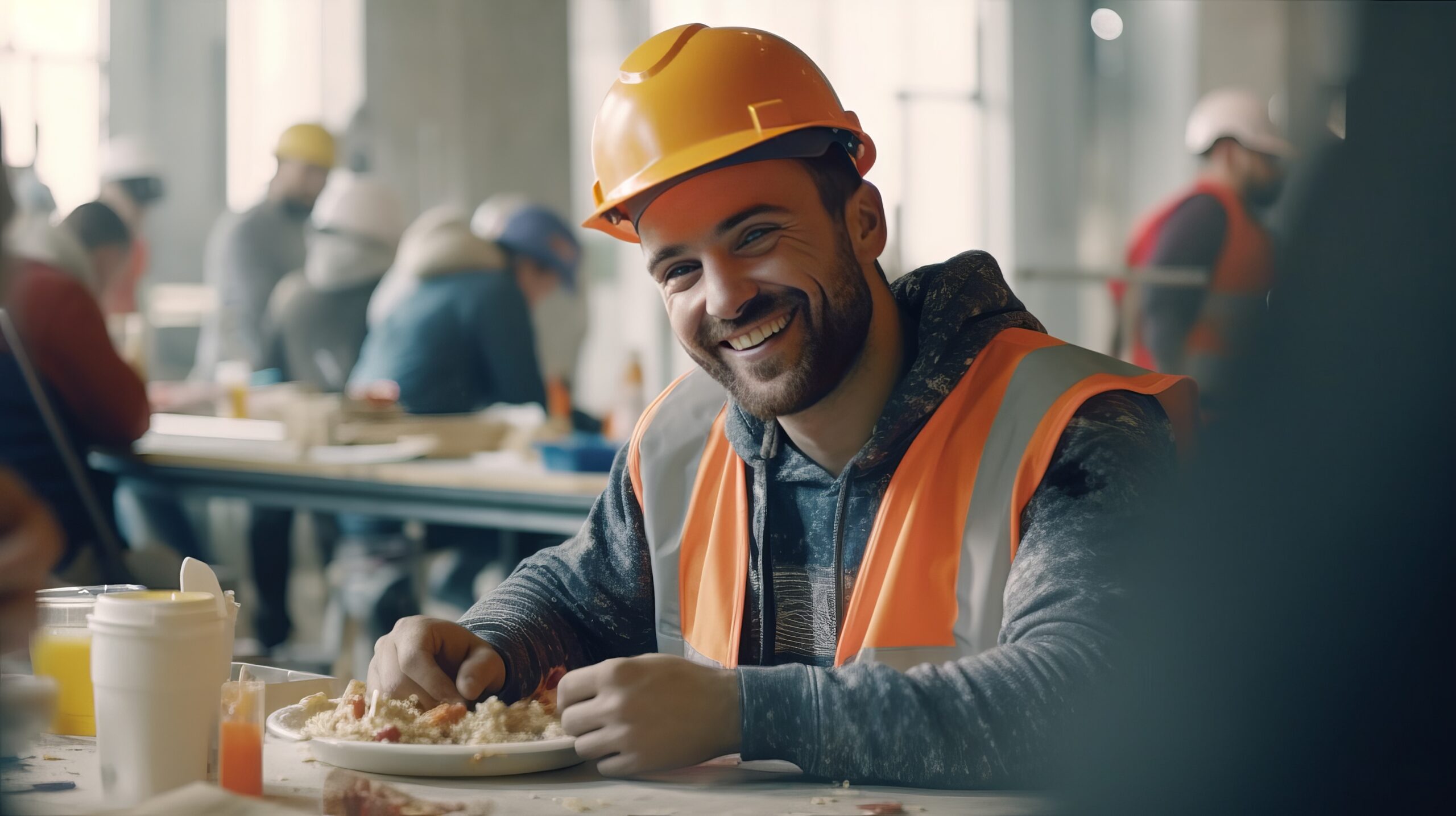
Teaching workers how to keep shared areas clean and respect each other’s space can lead to a better living experience. In mixed teams from different backgrounds, these habits can help everyone get along.
Conclusion
Housing matters a lot on remote job sites. When workers have safe and pleasant places to live, they do better on the job and stay healthier. Different housing styles—from mobile trailers to permanent camps—can meet the needs of any project. Each choice depends on cost, climate, and how long the work will last. The goal is to support workers and help the project run without problems. Quality housing is an investment that pays off over time.
